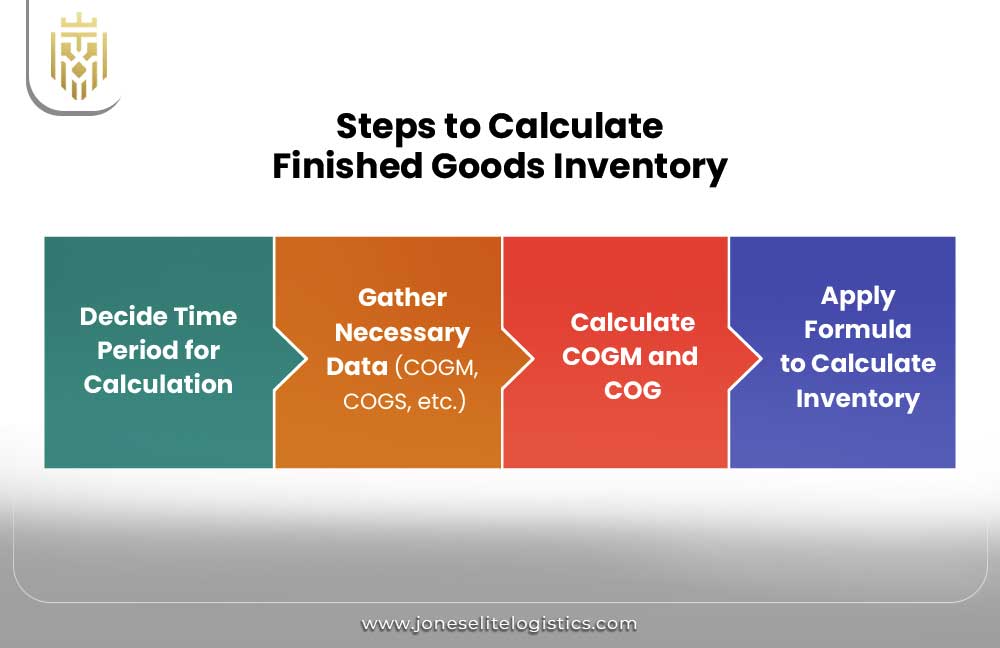What is Finished Goods Inventory?
Finished goods inventory includes products fully manufactured and ready for sale to vendors, retailers, and consumers. It plays a vital role in tracking production and ensuring financial accuracy for accurate asset valuation. A finished goods inventory example could involve rural electric cooperatives tracking manufactured items like transformers, poles, or wiring that are ready for distribution to meet rural energy demands. Although these goods are finalized, they may serve as raw materials in another business’s inventory process, demonstrating inventory’s fluid role in supply chains.
Importance of Finished Goods Inventory:
Effectively managing finished goods inventory allows businesses to meet customer demands, avoid costly stockouts, and optimize cash flow by reducing unnecessary storage costs. For example, valley health systems might keep essential medical supplies as finished goods to ensure quick delivery and avoid shortages. Additionally, maintaining proper finished goods inventory supports production scheduling and economies of scale through bulk purchasing, ensuring profitability.

What is the Finish Goods Inventory Formula?
The finished goods inventory formula is Beginning Finished Goods Inventory + Cost of Goods Manufactured (COGM) – Cost of Goods Sold (COGS). Accurate calculation requires data on COGM and COGS, and it provides businesses with a clear view of their available inventory.
How to Calculate Finished Goods Inventory?
To calculate finished goods inventory, select a consistent time period, then gather COGM and COGS data. Plug these into the formula: Finished Goods Inventory = (COGM – COGS) + Previous Period’s Finished Goods Inventory. Understanding how do you calculate finished goods inventory helps companies, like those in valley health systems, maintain balanced stock levels, supporting efficient operations.

Decide the Time Period:
For accurate calculations, it’s essential to maintain a consistent time period across all inventory formulas. For example, if you’re tracking finished goods inventory for an e-commerce business selling candles, decide on a timeframe—like the previous quarter—to assess your inventory levels.
Gather Necessary Data:
To calculate finished goods inventory, you need to gather key data:
-
COGM (Total cost of manufacturing during the period, including raw materials, labor, and overhead).
-
COGS (Calculated as Beginning Inventory + Purchases During Period – Ending Inventory).
In addition, include the time period, inventory records, demand forecasting, and inventory audits to refine your inventory calculations.
Calculate COGM and COGS.:
To calculate COGM, use the formula:
COGM = (Beginning WIP Inventory + Total Manufacturing Cost) – Ending WIP Inventory.
Similarly, calculate COGS using:
COGS = (Beginning Inventory + Purchases During Period) – Ending Inventory. This ensures that the cost of goods produced and sold is properly accounted for.
Calculate finished goods inventory.
Finally, apply the values for COGM, COGS, and the previous period’s finished goods inventory to the formula:
Finished Goods Inventory = (COGM – COGS) + Value of Previous Period’s Finished Goods Inventory.
This final calculation gives you the current finished goods inventory levels.
Steps to Becoming Finished Goods:
Finished goods pass through several stages: from raw materials to work in progress, and finally, to completed products. Managing each stage effectively is critical for efficient production, minimizing waste, and maximizing profitability.

Raw Materials:
Raw materials are essential components that are sourced from natural or synthetic substances. These materials undergo refinement to create products, which are then sold to customers once they reach the finished goods stage.
Work in Progress:
Work in progress refers to items actively being produced, bridging the gap between raw materials and finished goods. Techniques like Lean Production, Quick Response Manufacturing, and Just-in-Time (JIT) are employed to minimize this inventory phase and improve production efficiency.
Finished Goods:
Finished goods are completed items that are ready for sale to customers. Managing this inventory effectively helps businesses generate revenue and profits while minimizing costs associated with holding excess stock through automated inventory management systems.
FAQs
1. What is the Finished Goods Inventory?
Finished goods inventory refers to fully manufactured products ready for sale to vendors, retailers, or consumers. It is crucial for tracking production, ensuring financial accuracy, and determining product valuation.
2. What is the Importance of Finished Goods Inventory?
Finished goods inventory helps businesses meet customer demand, reduce stockouts, optimize production, lower costs, improve cash flow, determine profitability, and leverage economies of scale through bulk purchasing benefits.
3. How to calculate finished goods inventory?
To calculate finished goods inventory, select a time period, gather data for cost of goods manufactured (COGM) and cost of goods sold (COGS), and apply the finished goods inventory formula.
4. What is the Finished Goods Inventory Formula?
The finished goods inventory formula is:
Finished Goods Inventory = Beginning Finished Goods Inventory + Cost of Goods Manufactured (COGM) – Cost of Goods Sold (COGS). This helps determine the value of goods available for sale.







